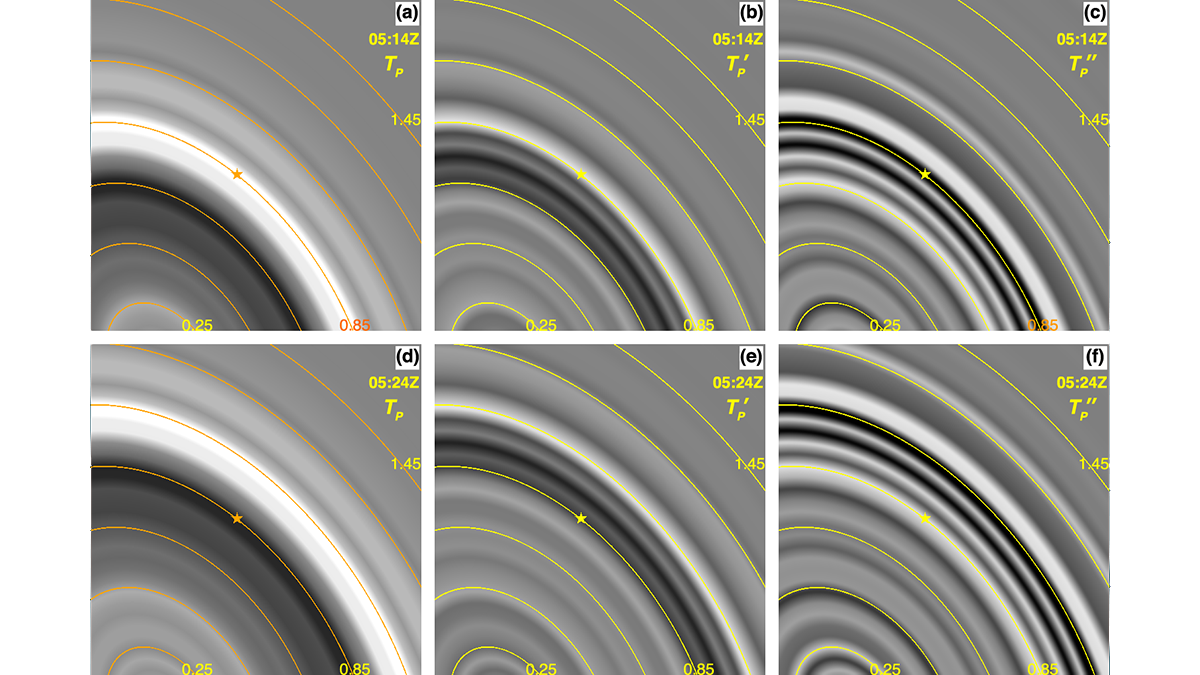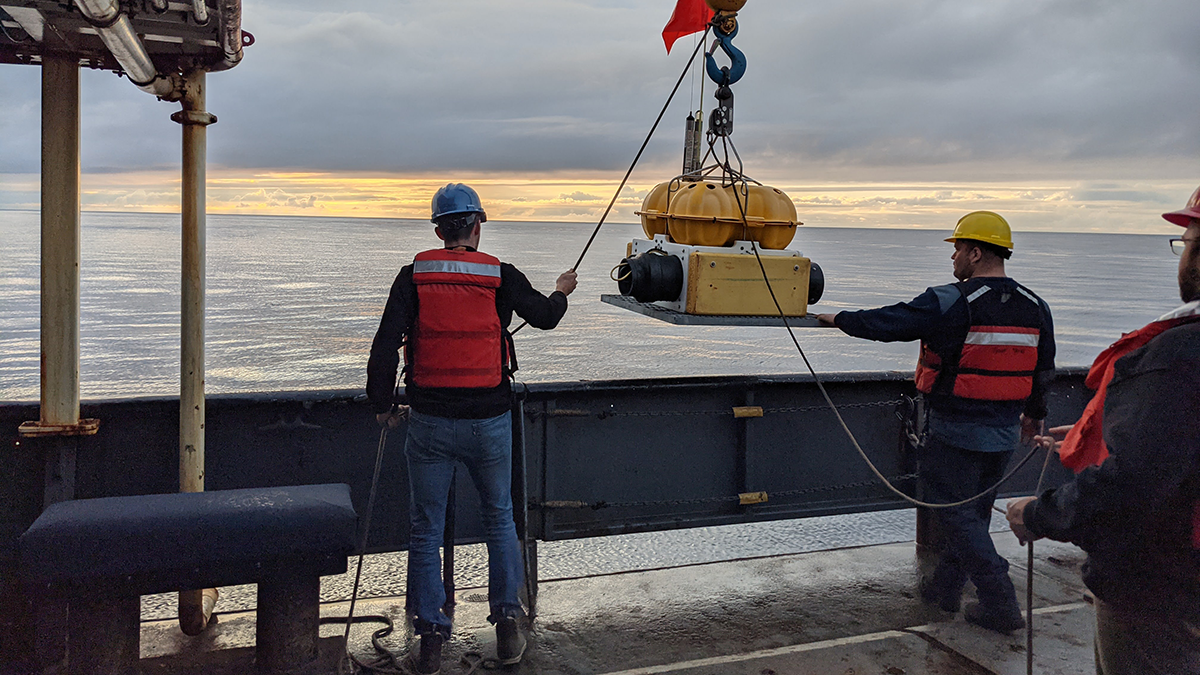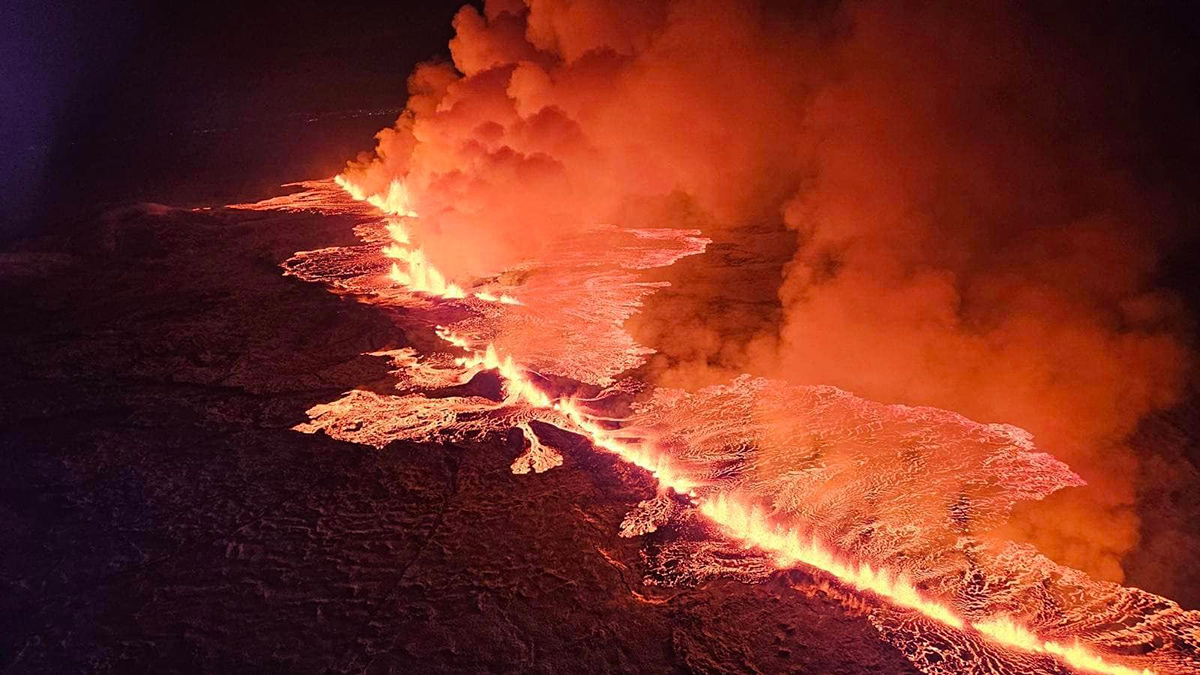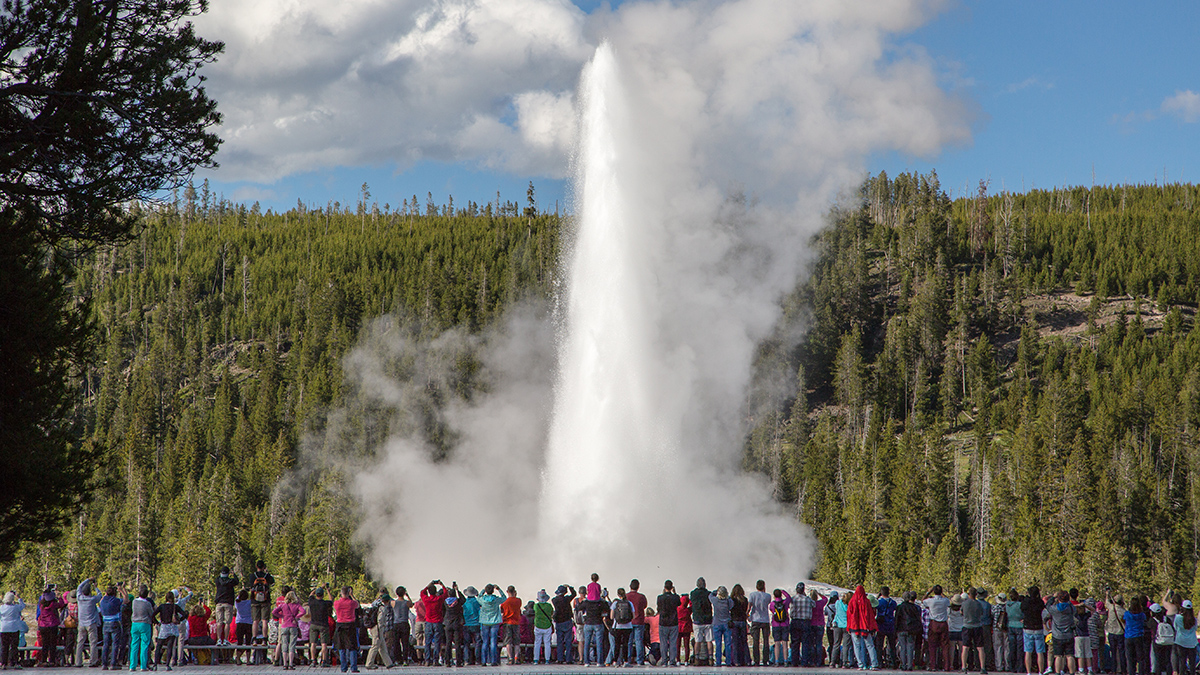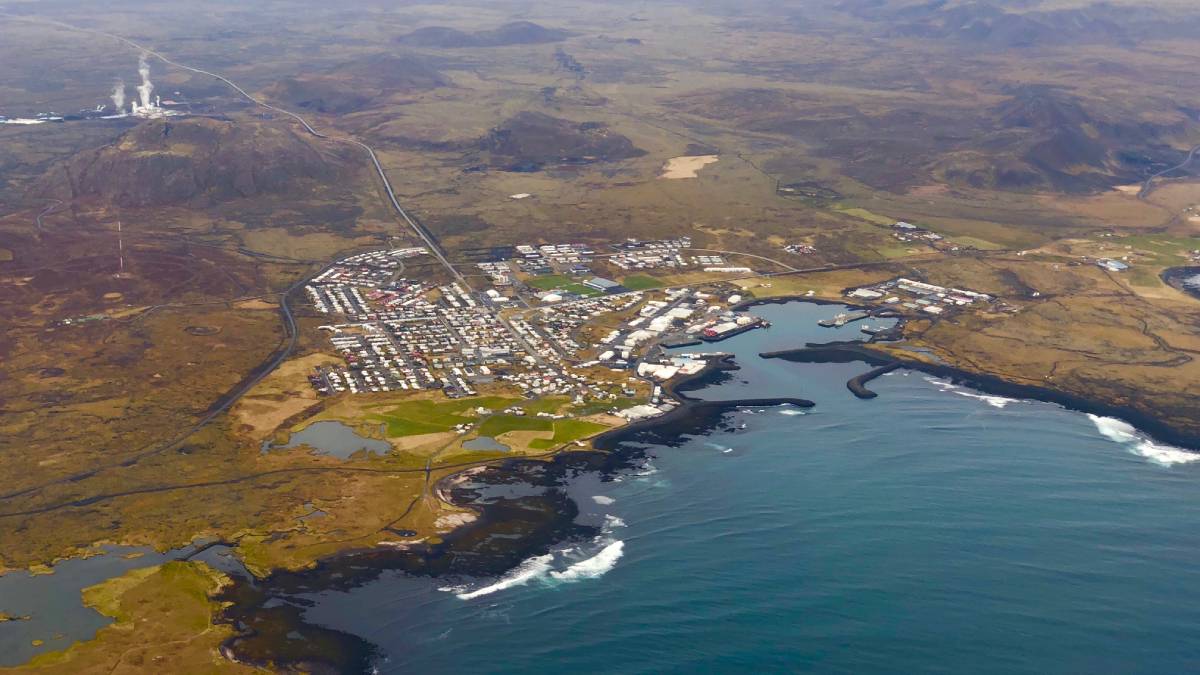High temporal resolution geostationary imagery reveals new details of atmospheric waves generated by the January 2022 Hunga volcanic eruption and provides a chronology of the eruption sequence.
volcanoes
Iceland’s Recent Eruptions Driven by Tectonic Stress
Magma flow in the magmatic dike near Grindavík was among the fastest recorded. The processes driving that flow could be at play at volcanoes in Hawaii, off the African coast, and anywhere crustal plates split apart.
El despertar del Popocatépetl: Transformando la vulcanología en México
La erupción del “Don Goyo” de 1994 en México central aceleró el interés académico en la vulcanología.
The Not-So-Silent Depths
A new book reveals that ocean depths are far from silent voids, but are actually alive with noise.
How Dangerous Is Mexico’s Popocatépetl? It Depends on Who You Ask
The stratovolcano in central Mexico presents a rich case study of risk perception, science communication, and preparedness surrounding natural hazards.
Popocatépetl’s Wake-Up Call: Transforming Volcanology in Mexico
The 1994 eruption of “Don Goyo” in central Mexico accelerated an academic interest in volcanology.
Oceanic Cacophony
The ocean is a pretty loud place, and anthropogenic noise is adding another layer to the soundscape.
Icelandic Fissure Finally Erupts
The position of the eruption and wind conditions are favorable. No one is in immediate danger, local officials said.
Steamy Bubbles May Control Old Faithful’s Clock
Scientists built a minigeyser to show why the natural wonder’s water surges so violently between eruptions.
Eruption Now Unlikely Near Icelandic Town
Scientists and local authorities had been tracking the eruption’s precursors for weeks and evacuated residents. Then the magma stalled.

